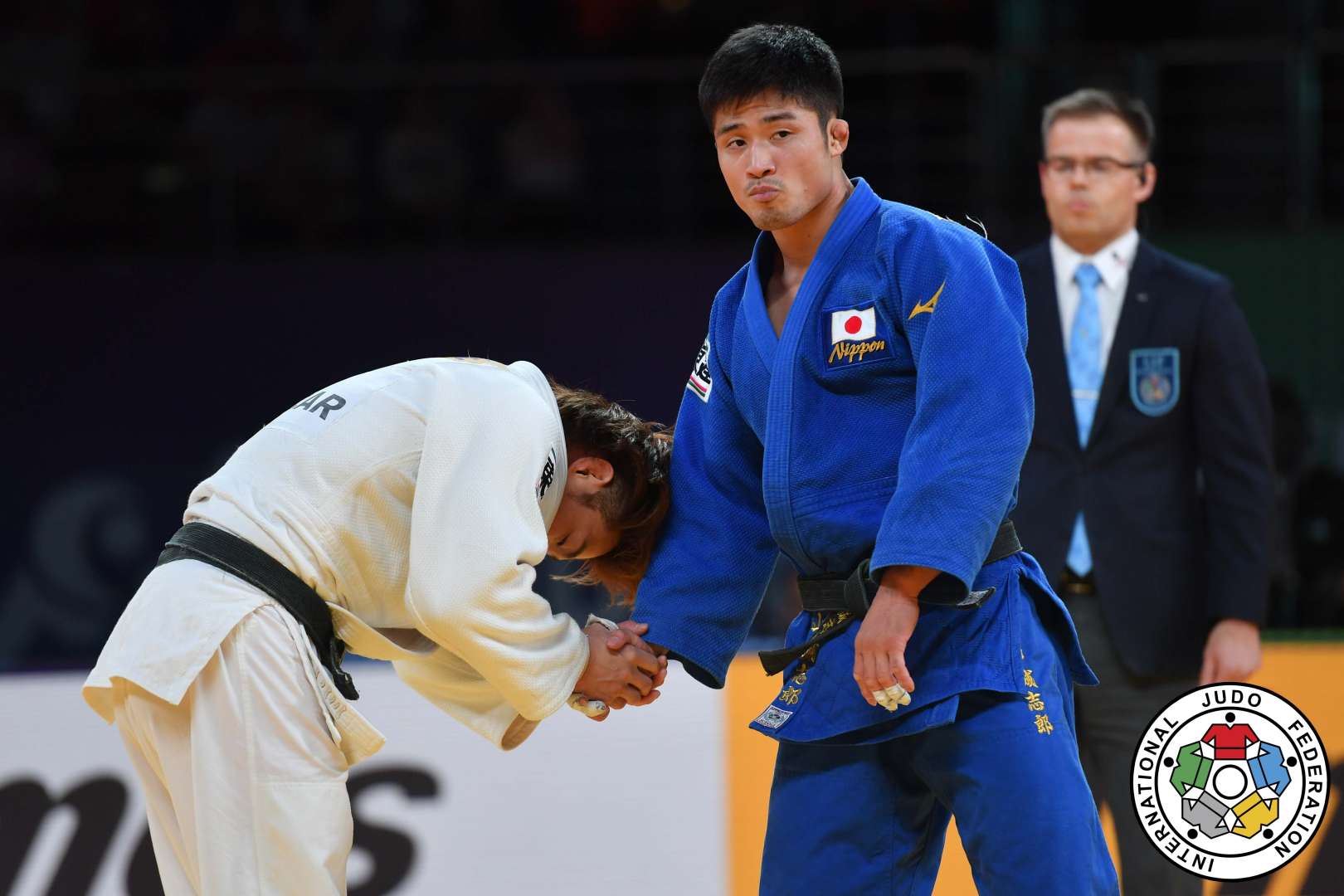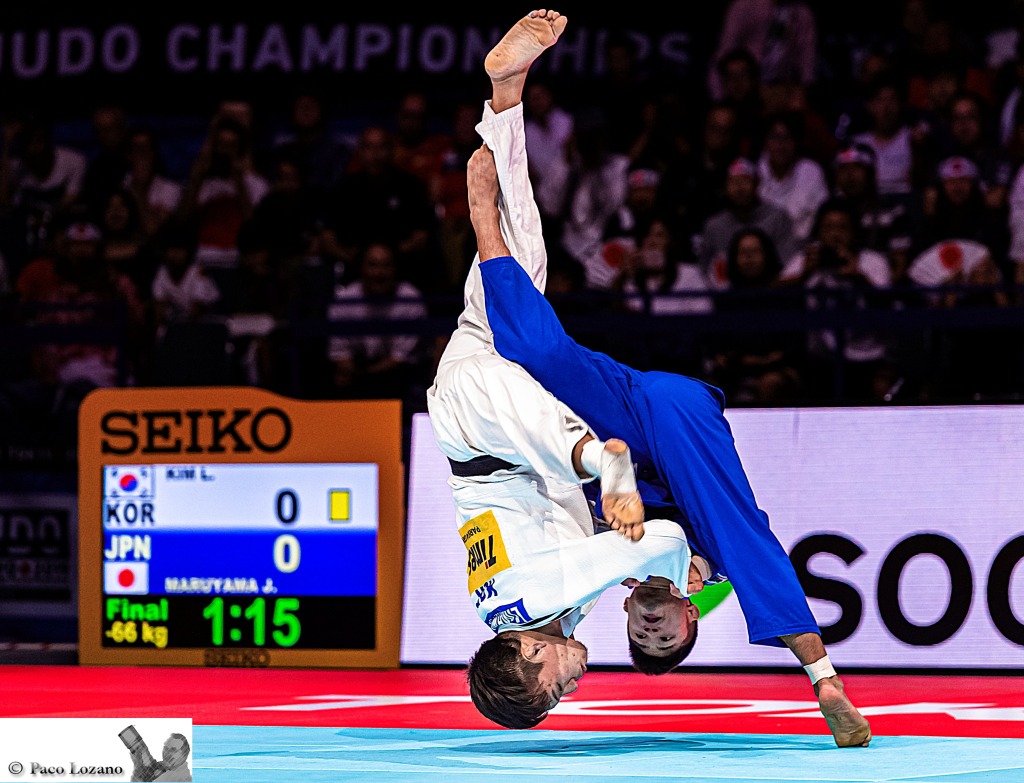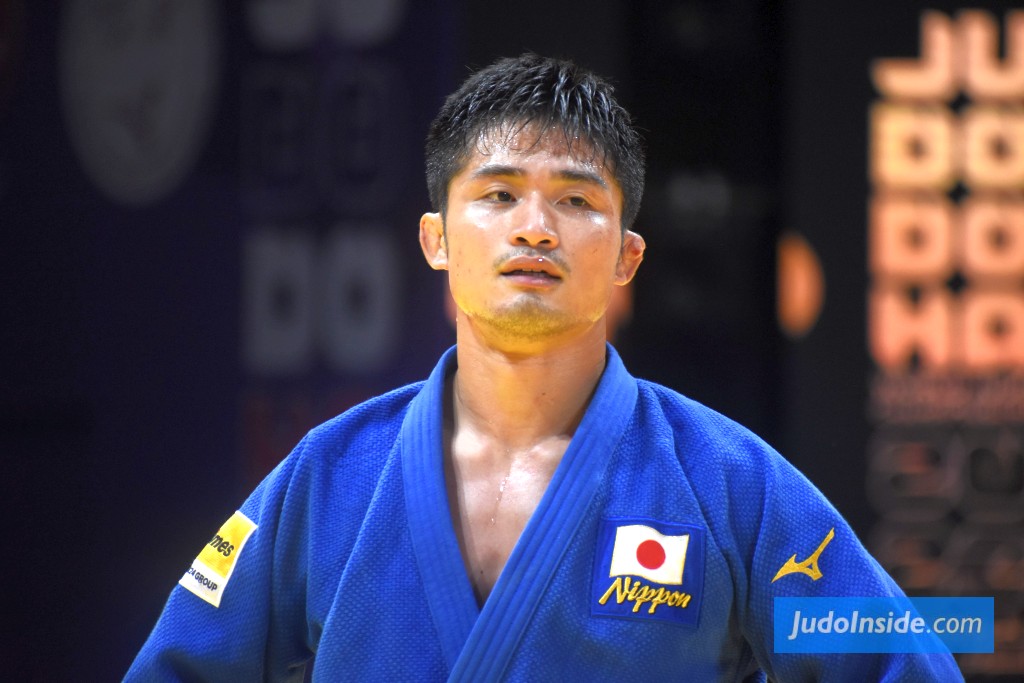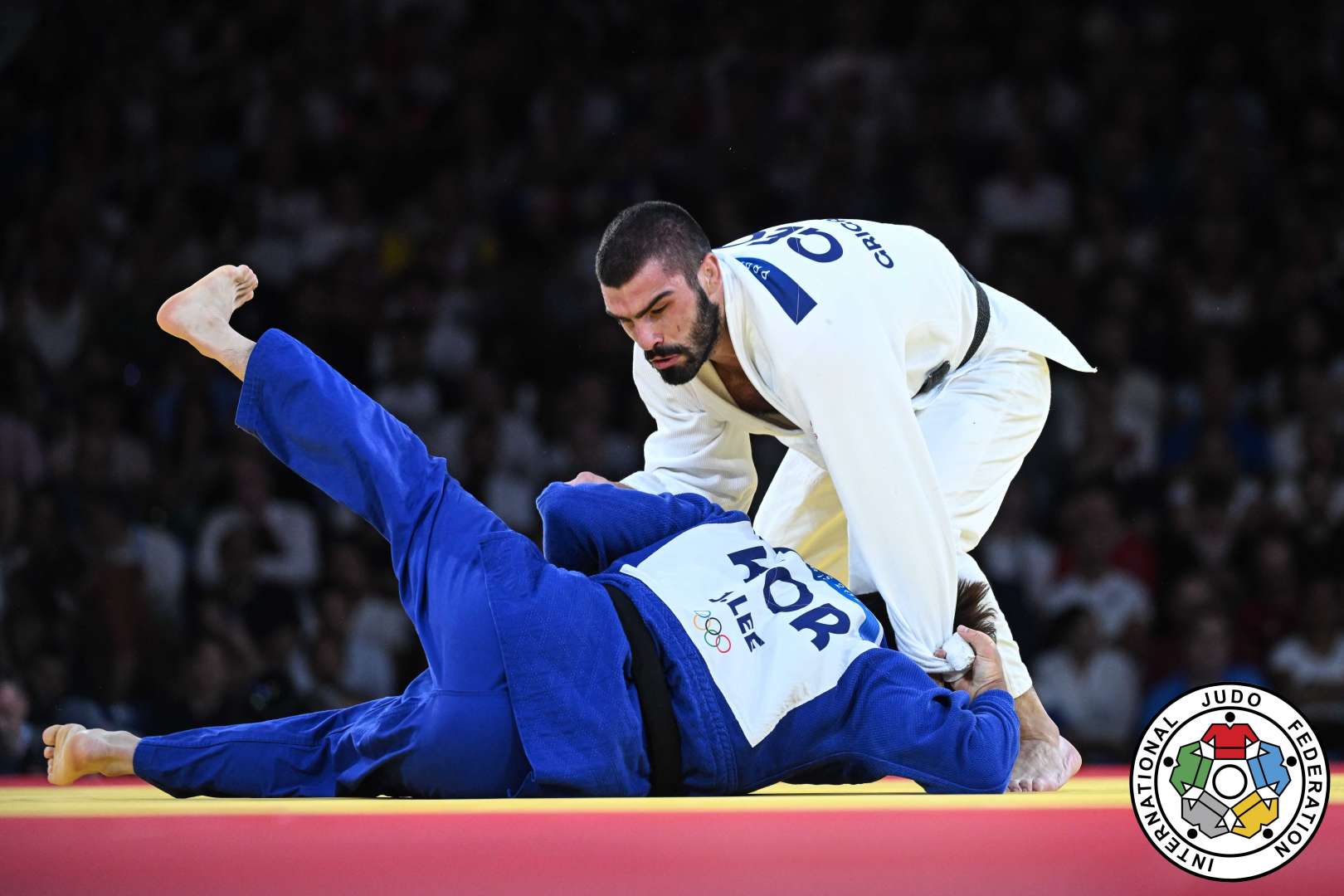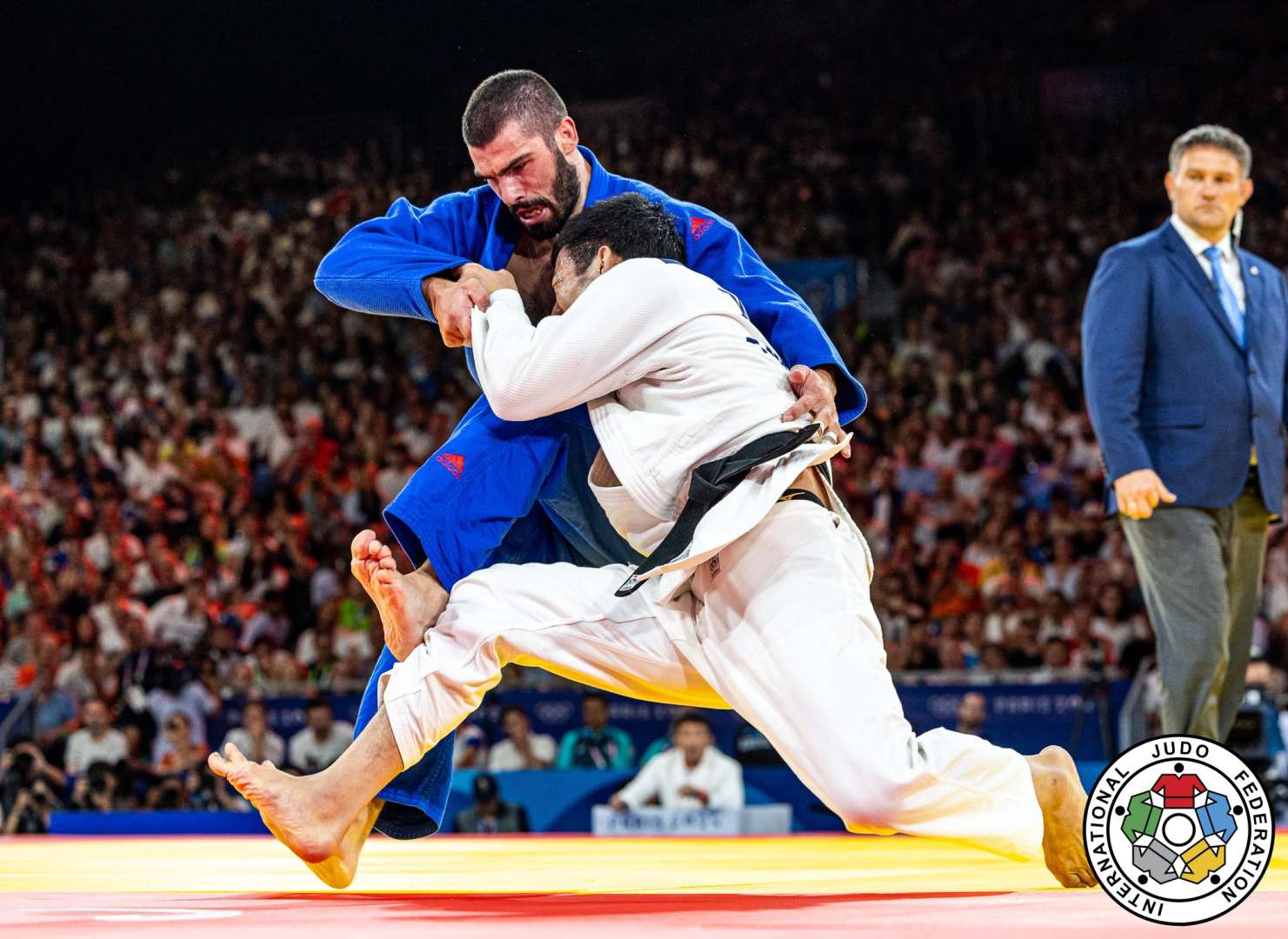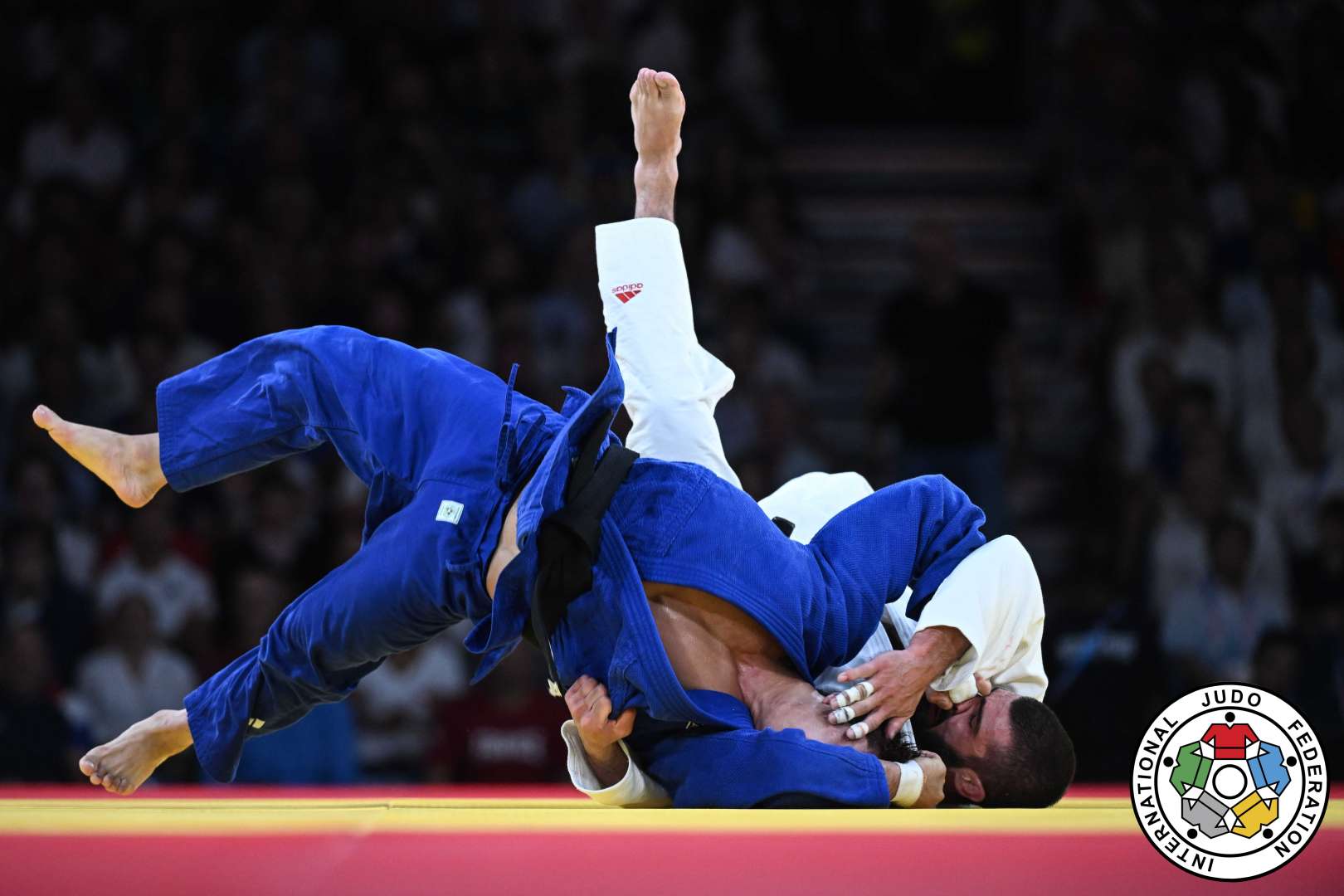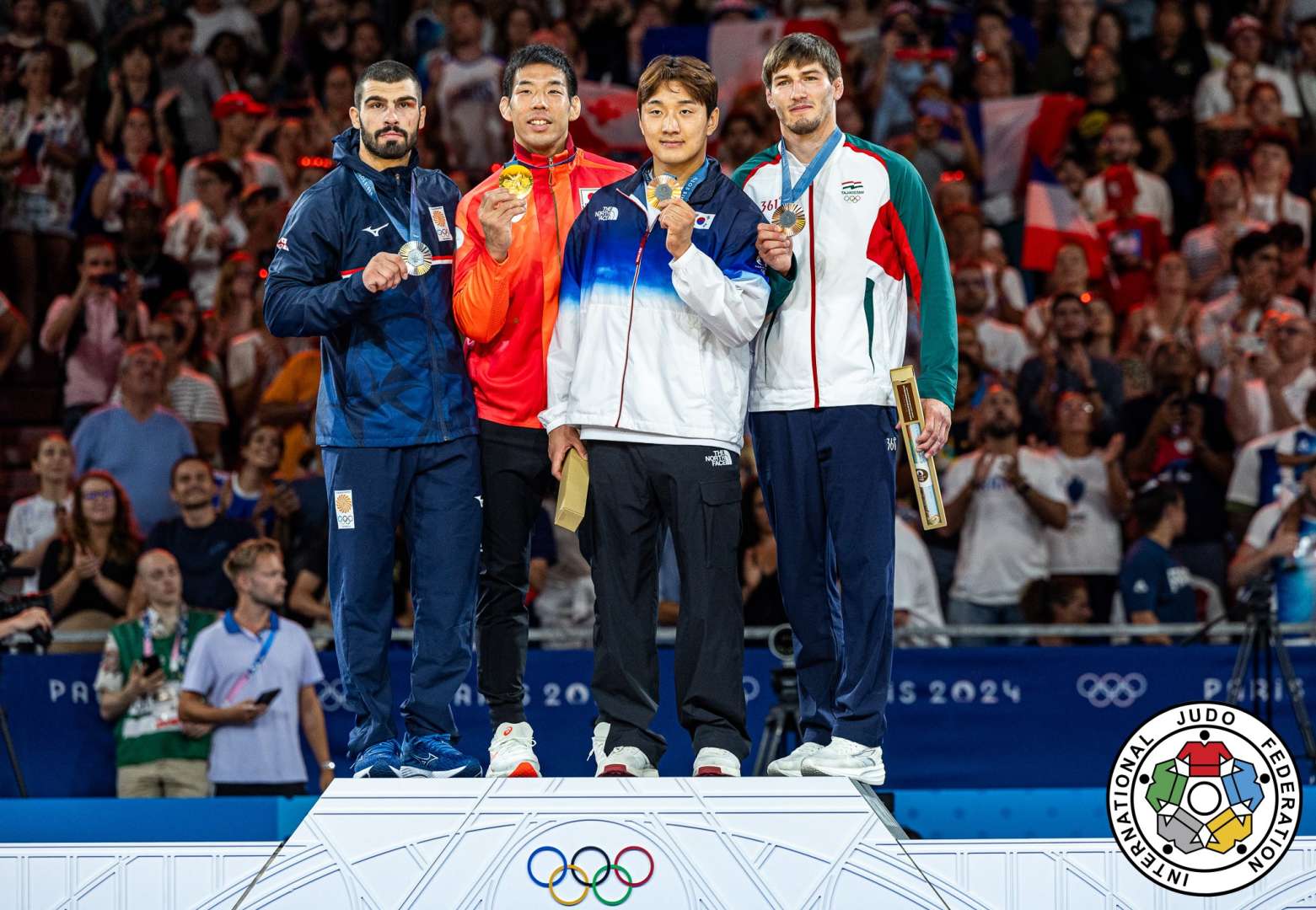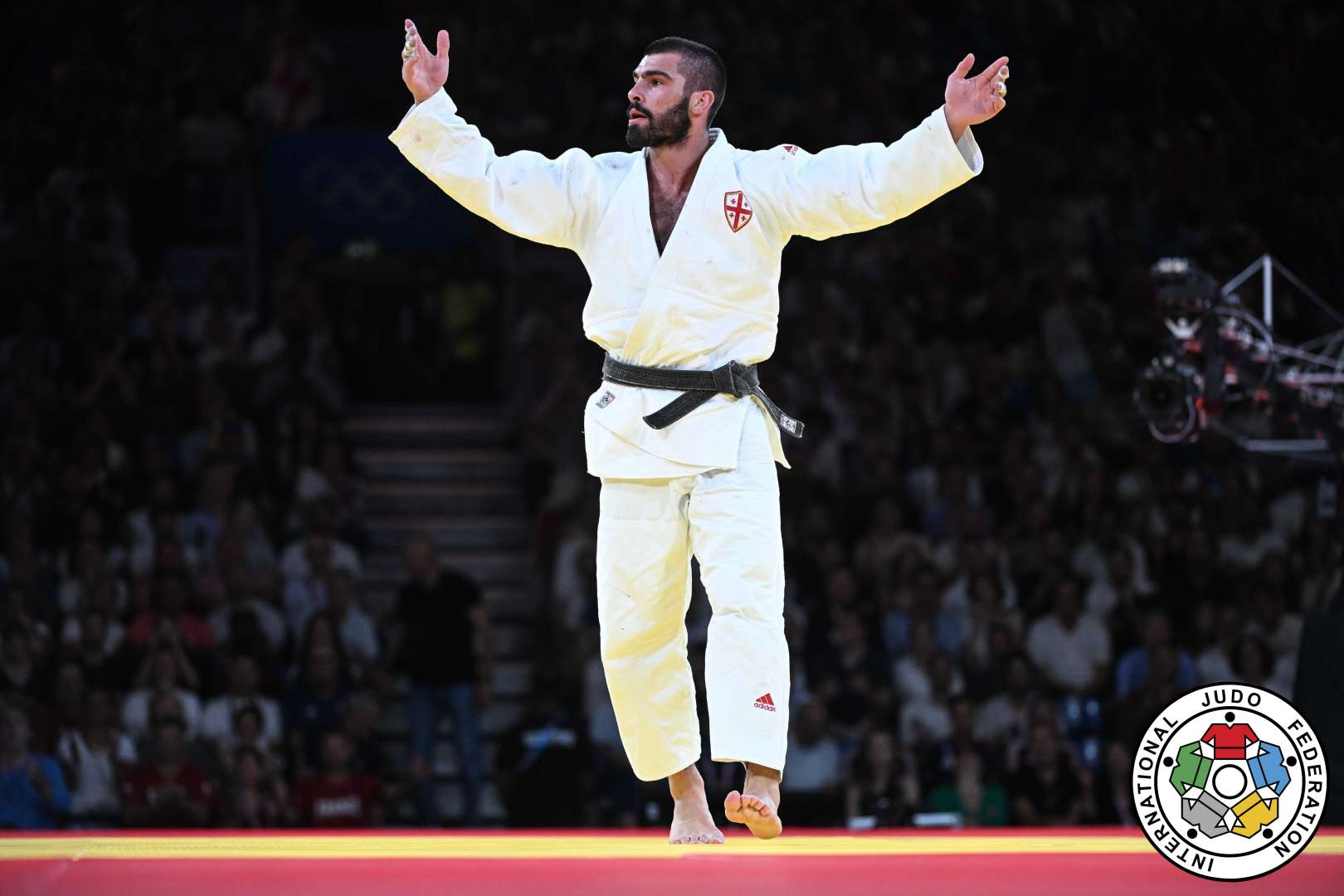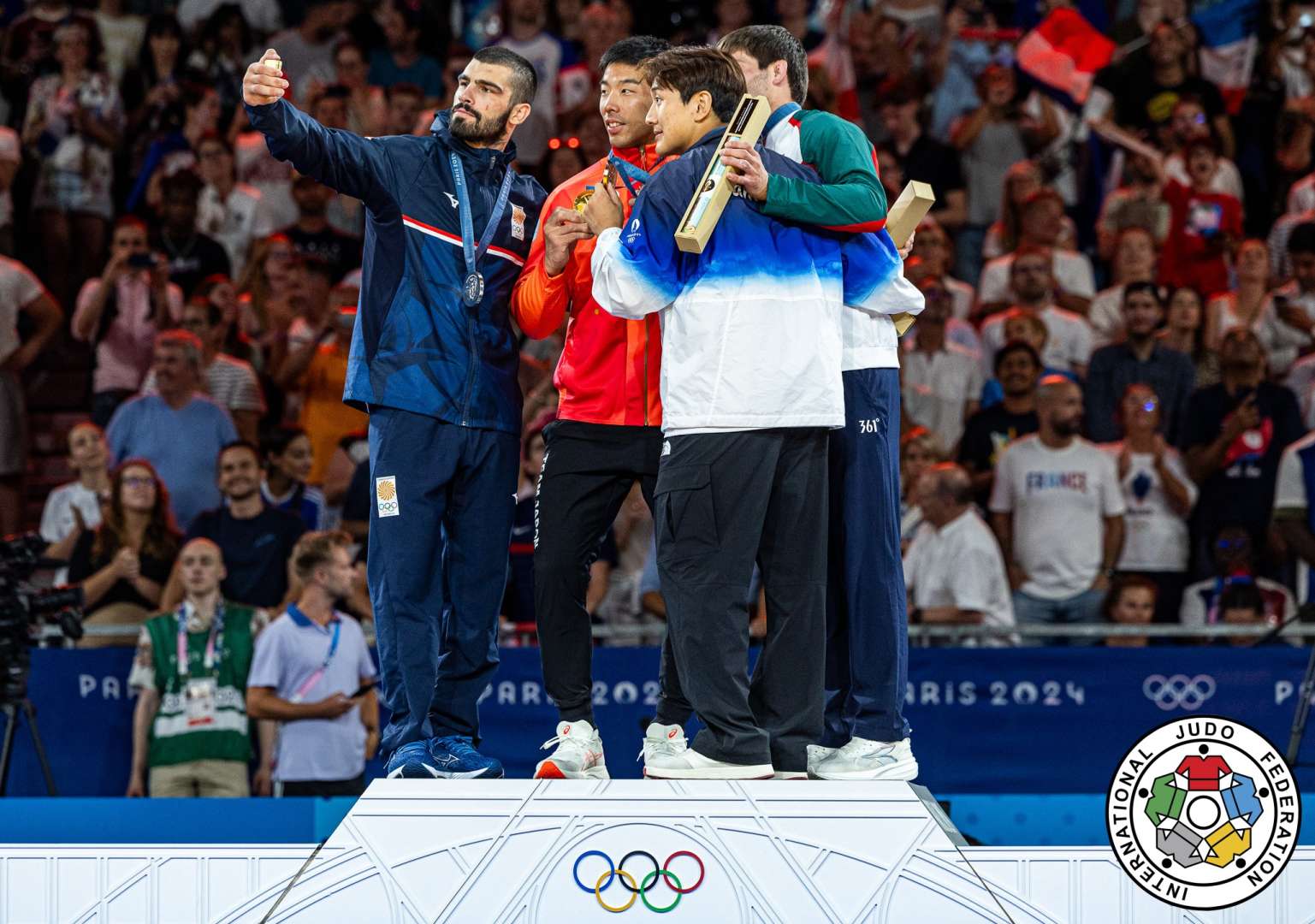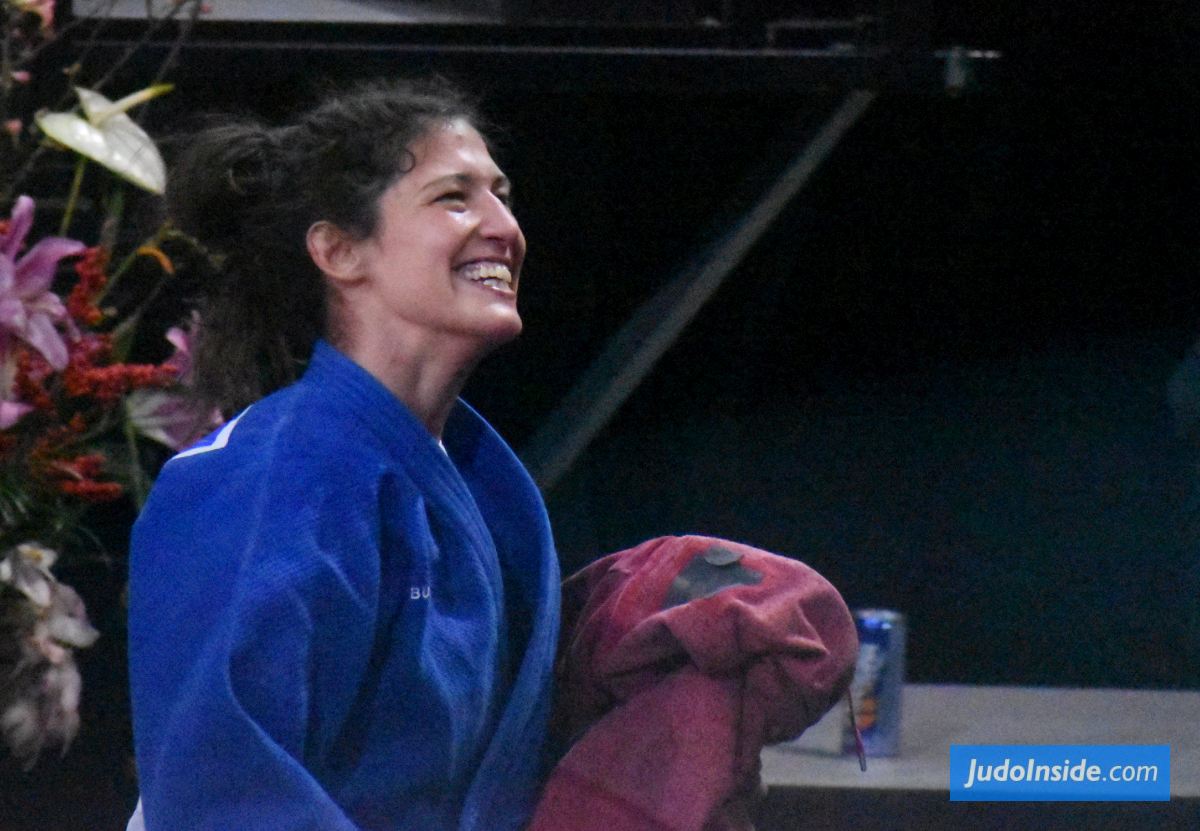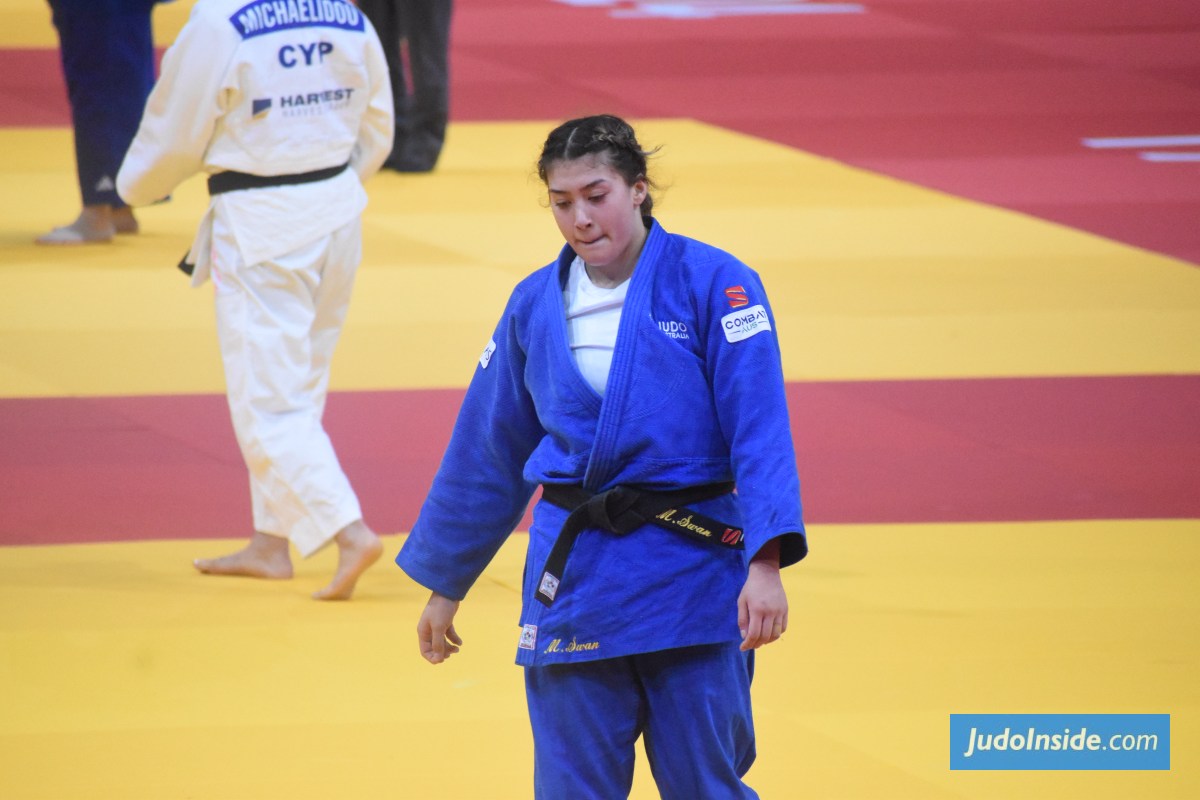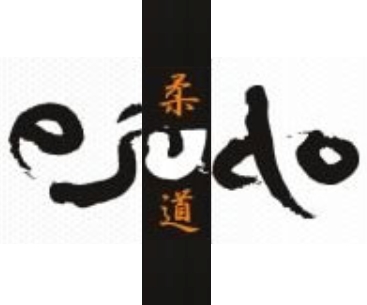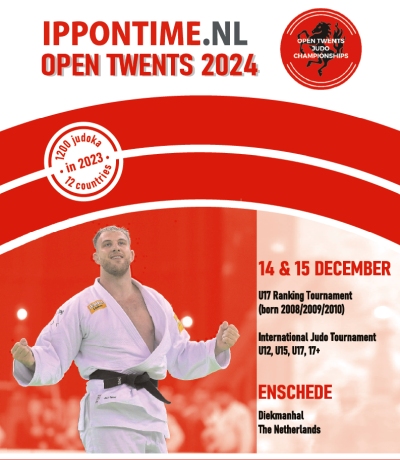What would it take for Maruyama to beat Abe?

 12 Dec 2022 13:00
12 Dec 2022 13:00
 by JudoCrazy and JudoInside
by JudoCrazy and JudoInside
 IJF Emanuele Di Feliciantonio / International Judo Federation
IJF Emanuele Di Feliciantonio / International Judo Federation
Joshiro Maruyama is a fan favorite. Ardent judo fans love to watch him do his dynamic uchimata, which at least rivals Shohei Ono’s, if not surpasses it. He is, without question, one of the most stylistic uchimata players ever. He is also a double World Champion.
Under any other circumstances, he would be considered a great champion. But it so happens in his category is a greater champion, Hifumi Abe, who is a triple World Champion and Olympic Champion. And because of that, Maruyama, despite his brilliance, is now under Abe’s shadow.
When they fight anyone else, they demolish them. When they fight each other, it’s always very close. But the last three times they’ve fought, Abe won. And the way Abe won was very tactical in nature.
Normally, Abe is an ippon player. He likes to launch his opponents high in the air with his unbelievable standing morote-seoi-nage and his powerful sode-tsurikomi-goshi. But when he fights Maruyama, he goes full tactical.
World Champion Maruyama
Maruyama was on top of the world in 2019 when he defeated Abe in the World Championships that year. All of a sudden, it looked like it would be Maruyama who would be going to the Tokyo Olympics. But Abe fought back and crucially won the 2019 Osaka Grand Slam where he fought Maruyama differently from in the World’s.
In Osaka, he fought conservatively and didn’t go for any big attacks. In the end, he won with a counter when Maruyama came in for a big uchimata attack. That win gave Abe a lifeline to the Olympics.
Abe didn’t take any chances and fought very safely during the special play-off that the All-Japan Judo Federation organized to determine which judoka would be sent to the Tokyo Games. It was clear from the start of the match that he was going to fight Maruyama tactically and not go for any big throws. It was the right approach.
He wore Maruyama down with his constant attacks at the edge of the mat. He never allowed Maruyama to have two hands on him long enough to launch a proper attack. All the while, Maruyama was searching and searching for an uchimata opportunity. In the end, Abe won in Golden Score via an ouchi-gari that Maruyama almost managed to twist out of. But it was enough to score a waza-ari, and that bought Abe the ticket to the Olympics. He hasn’t looked back since.
Tactical fight
At the Tashkent World Championships, it was Maruyama’s turn to fight tactically and the strategy was working fine for him. Abe was down by two shidos and in danger of getting a third one (and therefore hansoku-make) when Maruyama slipped up. He couldn’t help himself and went in for a big uchimata attack. Abe once again countered Maruyama and won the match.
Had Maruyama engaged in “shido play” after Abe got his first two shidos, he would have won the match because it’s not likely that Abe could have thrown him except for a counter. Maruyama coming in for uchimata was a free gift to Abe.
Maruyama recently won gold at the Tokyo Grand Slam, and in brilliant fashion, throwing his opponents with his trademark uchimata and yoko-tomoe-nage. It’s clear that Maruyama, despite being 29 already, is still in top form.
But the next time he and Abe fight, Maruyama would do well to fight tactically and stick to that strategy throughout the entire match. It would be his best chance – and maybe his only chance – to beat Abe. You can be sure Abe will be fighting tactically. So, Maruyama needs to fight fire with fire. Otherwise, he risks either losing by penalties or a counter of some kind.
 like
like
 share
share

| Result | City | Date |
|---|---|---|
| 2 | Paris | 2024 |
| 1 | Abu Dhabi | 2024 |
| 1 | Zagreb | 2024 |
| 3 | Belgrade | 2023 |
| 2 | Montpellier | 2023 |
